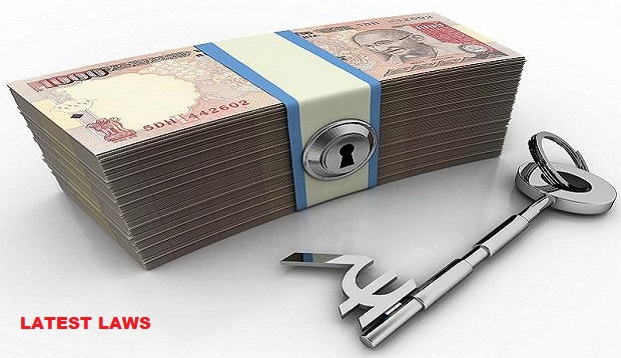August 31,2017:
The unreturned Rs 1,000 notes upto March 2017 amounted to only Rs 8,900 Crore.
On Wednesday, Reserve Bank of India (RBI) has stated in its Report that it estimated that people had returned almost 99 per cent of scrapped Rs 1,000 and Rs 500 notes after the demonetisation.
The report has put a question mark over the Government's gaining handsomely by the unreturned money turning into a special dividend by Central Bank.
In its annual report, RBI has stated that the face value of the fake high-value notes was minuscule at Rs 41 crore.
RBI has further stated that the people had returned Rs 15.28 lakh crore of Rs 15.44 lakh banned currency, or 98.96 per cent of scrapped Rs 500 and Rs 1,000 notes, to banking system.
Old notes came to RBI either directly or from the Bank Branches and the Post Offices through currency chest mechanism but some notes are still lying in the currency chests which could not be accounted for.
Reserve Bank Of India's has data showed unreturned Rs 1,000 notes in March 2017 amounted to Rs 8,900 crore. Segregation of the old and new Rs 500 notes were not that clear.
RBI incurred a cost of Rs 7,965 crore in printing the notes in the year 2016-17, against Rs 3,421 crore incurred in previous year.
RBI had increased its provisions by over Rs 13,000 crore in order to boost its contingency reserves, a practice it was adopting after the three financial years.
Net effect was that dividend paid to Govt. was halved to Rs 30,659 crore in July-June financial year 2016-17. Prime Minister Narendra Modi had on November 8, 2016, announced that demonetisation in a televised address, rendering the 86 per cent of currency in circulation as invalid.
Soumya Kanti Ghosh, Group Chief Economist of State Bank of India has stated that,"Number of suspicious transaction reports by the banking system increased by 345 per cent, which could possibly lead to an increase in the future tax revenues. Coupled with Goods and Services Tax, this will help in improving the tax realisation”.
The total number of suspicious transactions detected in the period of 2016-17 was 473,003, up from 106,273 in 2015-16 across banks, other financial institutions and intermediaries . In the banks alone, number of the suspicious transactions detected was 361,214, against 61,361 a year ago.
Rs 10 and Rs 100 banknotes constituted the 62 per cent of total banknotes in circulation at the end-March 2017, against the 53.0 per cent at the end-March 2016.
Agenda for the 2017-18 includes procurement of the Currency Verification and the Processing System/Shredding and the Briquetting Systems.
The agenda further includes introduction of the new series of banknotes in other denominations; procurement of the security features; and the introduction of the varnished banknotes.
Source PTI
Picture Source :

























